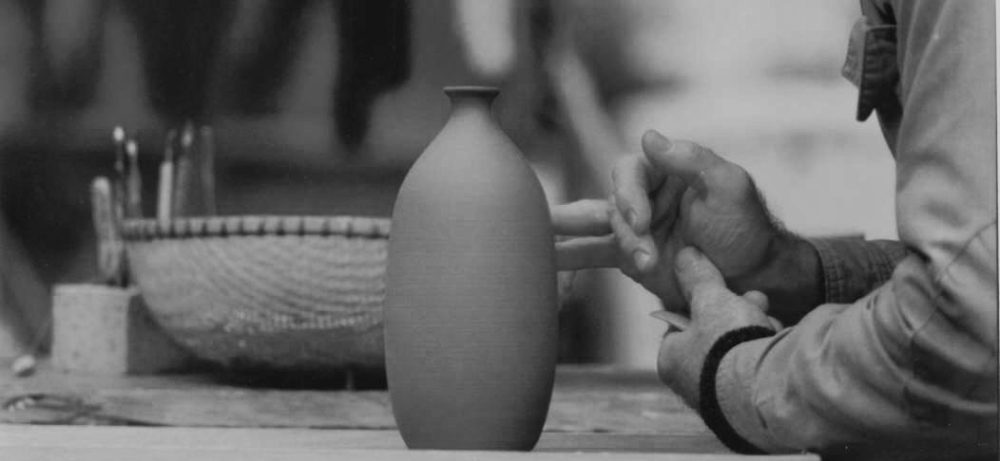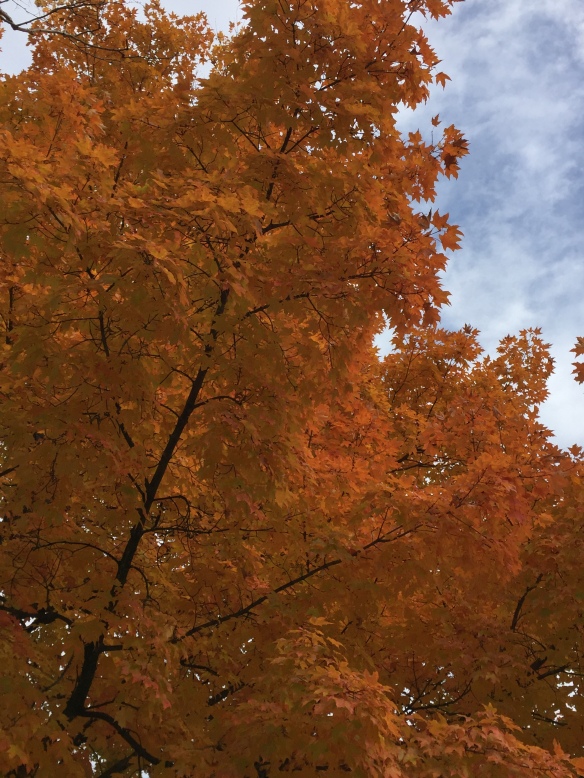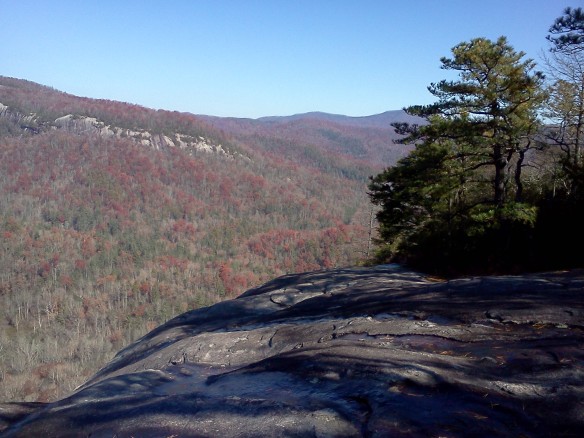My years of study, and consequent writing, have led me into contemplation; a space of being with something long enough to begin to see a bit differently than conditioned.
One particular area of broader seeing is that of selflessness. I am often compelled to encourage an individual leader to not think of our time together as selfishness; taking time away from those he/she leads and serves. Instead I ask that they see our time as selfless, making themselves better for those led and served through work emerging from application and practice in Trueness.
“Practice is standing in the flow, whereas theory and analysis observe the flow from a position of separation.”–Richard Rohr
Need for Retreat
As of this writing, fifteen years have passed since she took retreat in our then hometown in the mountains. Sheri and I first met when I transferred to an operational data center in Ohio. She eventually became the educational liaison for my division, and by that time had become a good friend. Even though she retired a few years back, and it has been quite some time since we worked together, anytime I hear the term Servant Leader, I still think of Sheri. In her work, and in my experience of her, I’ve never known anyone in the corporate environment so selfless.
While I had been wanting for some time to lead a retreat for leaders in that little Tennessee town in the mountains, Sheri actually requested something specifically for herself and one key, important direct report (himself a powerful example of service). At that time, she was leading the team focused on personal growth and development; the very team that she and I had dreamed of and then worked together to form. The subsequent retreat included structured exercises with me as Coach, and some solitary, reflective time.
In preparation for retreat I asked them each to come with expectations based on a preliminary understanding of what we might do, together and individually. My method with most anything I do as a Coach/Consultant is to be prepared with structure: Methodology to assure a Client they are in good, experienced, and loving hands. However, this is what I know: No matter the structure/plan, things will unfold differently once you’re face-to-face (or voice-to-voice) with the individual, or a group of individuals.
Giving Way
Many of my fondest memories in my corporate life are those with Sheri. What I learned about her, as well as from her, is a form of selflessness rooted in a way of being that is about giving away. It is giving away, freely and actively, directed assistance to individual need, and doing so from love. In the process, it can also become giving a way, freely and actively assisting in a manner that teaches and transfers to the one served strength and energy for the journey.
The team we cofounded in those corporate days together was one focused solely on the growth and development of the individuals and teams in our care. In our work together – in being with her, and she with me – it seems she had a knack of grounding me in the reality of a given moment. As such, she opened a space to be at peace with what is. Only then could we, individually and together, move with both freedom and action toward what was good and right for the situation or circumstance.
We are always a giving, a resonance, never a possession of our own.
–from The Divine Mirror, a meditation by Richard Rohr
I honestly don’t remember what Sheri expected as she came into retreat, beyond maybe some personal inspiration and/or a bit of rejuvenation. But I do remember that as we began the retreat, I asked for a picture (depiction) of who each felt they were in the eyes of others (a brand visual, if you will). Then at the end, I asked them to adjust that visual with any insight from the time in retreat. I wanted to leverage some sort of measurement that would be meaningful to the retreat participant, not the usual survey (what Sheri always called “A Smile Sheet”).
While I don’t have her visual depiction, I do have her comments from the close of retreat:
Going on Retreat was different than anything I’ve ever done because …
“It provided me time in a wonderfully reflective setting to get off the treadmill, relax, reflect and concentrate on myself – my own journey. I recognized that the self reflection and centeredness will also be of enormous value to my team.
I also came to the realization that it’s not spending time on myself – it’s redirecting the energy management. For me, that was huge.”
Going on Retreat was a great investment in myself because …
“I’m worth it. I don’t say that tongue in cheek as had I done this a few years ago I would have felt somewhat guilty. I ask others to take time for themselves, I need to also.”
I now know I am better equipped to …
“Discipline myself to acknowledge and redirect my energy.
To stay down the ladder (Ladder of Inference – Chris Argyris).
Manage energy and understand that it’s my choice how I use free time but to recognize the time spent in filters. When I need to spend time/energy on the three team focuses, acknowledge that and do nothing else.
Jeff, this was a wonderful and amazing two days. It went by too quickly. In particular, your personal coaching provided me tremendous guidance. Thank you is just inadequate.”
Do the Work
Sharing these comments is not to boast. I simply invited her into a space; gave her the setting to know the spacious gift of her Trueness. She did the work.
And this is an important message for each of us. We must do the work; the Work of Trueness. You don’t have to earn what you already possess. However, your Trueness is waiting for you to reach down, take its hand, and lead it to freedom.
You are not an uninhabited entity under the control of a mother-ship. You’ve been filled with what you need, from the beginning. This Trueness needs your attention and intention to be freed to do its work in the world; the work of being you. Paradoxically it does take some emptying to be full of this true self. We must let go of the false self that has built up to this certain point, this moment of being asked to now consciously do the work. This doesn’t mean you’ve done it wrong, this thing of life and living. So much of that ‘building up’ was very necessary. It is now no longer useful to you on this journey with Trueness. Bless it and let it go. This is not easy. I guess that’s why we are calling it work.
The Divinely Human Effort
What must I do to earn freedom and space?
Nothing.
What must I know to open and be free?
Everything.
Nothing and everything clash in my middle.
Paradox.
A need to empty, the right to be full.
The work to let go, gift of emptiness.
And now empty, my vision much clearer.
Truly seeing what’s beautifully real.
Reality now rushing in to fill.
Spaciousness given, from the beginning.
Notes:
Rohr, Richard. The Universal Christ: How a Forgotten Reality Can Change Everything We See, Hope For, and Believe. New York: Convergent, 2019. (pp. 222 and 227)
The Ladder of Inference. The Reflexive Loop. From the work of Chris Argyris (July 16, 1923 – November 16, 2013).










